- English
- 简体中文
- Esperanto
- Afrikaans
- Català
- שפה עברית
- Cymraeg
- Galego
- 繁体中文
- Latviešu
- icelandic
- ייִדיש
- беларускі
- Hrvatski
- Kreyòl ayisyen
- Shqiptar
- Malti
- lugha ya Kiswahili
- አማርኛ
- Bosanski
- Frysk
- ភាសាខ្មែរ
- ქართული
- ગુજરાતી
- Hausa
- Кыргыз тили
- ಕನ್ನಡ
- Corsa
- Kurdî
- മലയാളം
- Maori
- Монгол хэл
- Hmong
- IsiXhosa
- Zulu
- Punjabi
- پښتو
- Chichewa
- Samoa
- Sesotho
- සිංහල
- Gàidhlig
- Cebuano
- Somali
- Тоҷикӣ
- O'zbek
- Hawaiian
- سنڌي
- Shinra
- Հայերեն
- Igbo
- Sundanese
- Lëtzebuergesch
- Malagasy
- Yoruba
- Español
- Português
- русский
- Français
- 日本語
- Deutsch
- tiếng Việt
- Italiano
- Nederlands
- ภาษาไทย
- Polski
- 한국어
- Svenska
- magyar
- Malay
- বাংলা ভাষার
- Dansk
- Suomi
- हिन्दी
- Pilipino
- Türkçe
- Gaeilge
- العربية
- Indonesia
- Norsk
- تمل
- český
- ελληνικά
- український
- Javanese
- فارسی
- தமிழ்
- తెలుగు
- नेपाली
- Burmese
- български
- ລາວ
- Latine
- Қазақша
- Euskal
- Azərbaycan
- Slovenský jazyk
- Македонски
- Lietuvos
- Eesti Keel
- Română
- Slovenski
- मराठी
- Srpski језик
Lubricant Base Oil Classification
2024-07-29
https://www.sdrboil.com/high-performance-vehicle-gear-oil-gl-5-2.html
Lubricant Base Oil Classification

Almost all lubricants in use on the market are formulated with base oils. Lubricant base oils are divided into three main categories: mineral base oils, synthetic base oils and vegetable oil base oils. Mineral base oils are widely used, the amount of (about 90%), but some applications must use synthetic base oils and vegetable oil base oils blended products, ester oils as slippery oil high-end use.

Mineral Base Oil
Mineral oil base oils are refined from crude oil. The main production processes of lubricant base oils are: atmospheric decompression distillation, solvent deasphalting, solvent refining, solvent dewaxing, white clay or hydrogenated supplemental refining. 1995 revised China's current lubricant base oil standards, mainly modified the classification method, and added two categories of low condensation and deep refining special base oil standards. For the production of mineral-based lubricants, the most important thing is to choose the best crude oil.
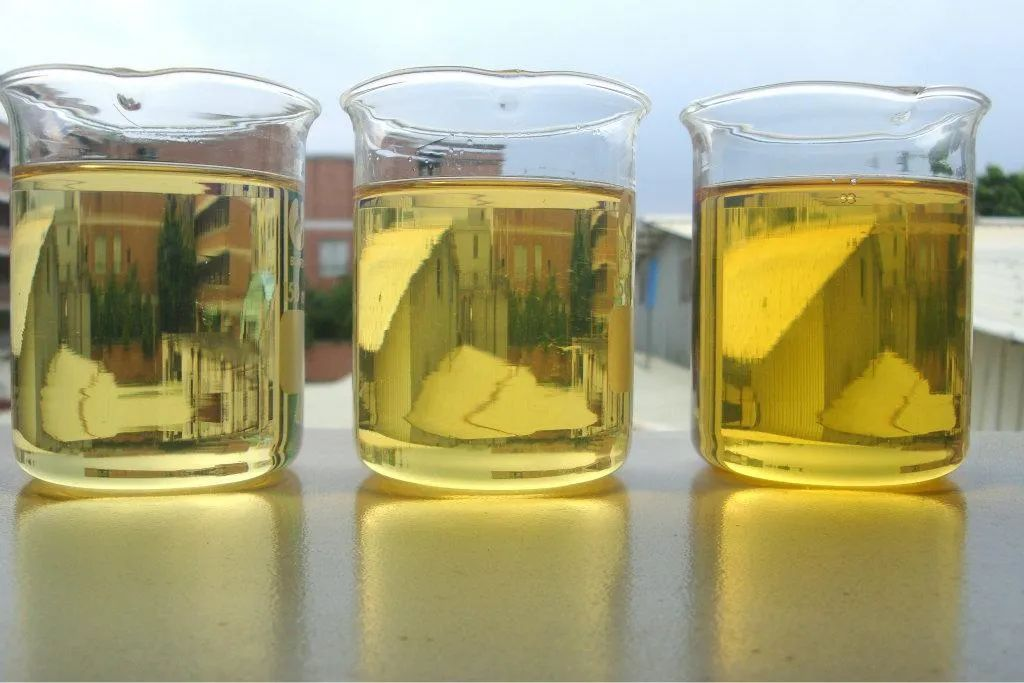
Synthetic Base Stocks
Synthetic base oils are base oils synthesized by chemical methods. There are many types of synthetic base oils, the common ones are: synthetic hydrocarbons, synthetic esters, polyethers, silicone oils, fluorine-containing oils, phosphate esters. Synthetic lubricants have advantages over mineral oils such as good thermal oxidative stability, high thermal decomposition temperature, and good resistance to low temperatures, but they are more costly and can ensure that equipment components work in more demanding situations.
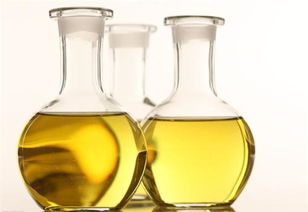
Vegetable Base Stocks
Vegetable base oils are becoming more and more popular, it has mineral oil and most of the synthetic oils can not be compared with the characteristics of biodegradable and rapid reduction of environmental pollution. As all the world's industrial enterprises are looking for measures to reduce environmental pollution, and this “natural” lubricants have this characteristic, although the cost of vegetable oils is high, but the increased cost is enough to offset the use of other mineral oils, synthetic lubricants brought about by the cost of environmental management.
Lubricant blending starts with the base oil, to which a small amount of additives are added to form the lubricant. Grease is also based on the use of base oils, with the addition of thickeners and a small number of additives to form a viscous, greasy semi-solid.
The performance of the lubricant is determined by the raw materials and formulation technology, as the main component of the lubricant, grease is the base oil, so the grade of the base oil can be said to determine the performance of the lubricant to a large extent.
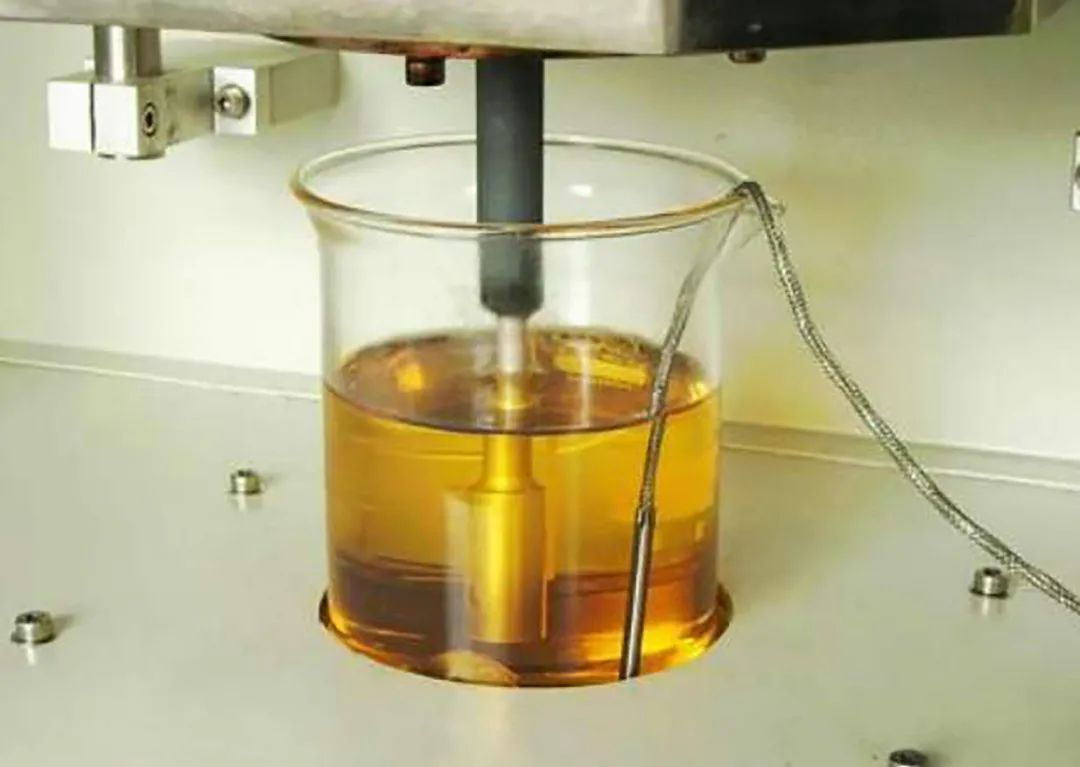
Internationally, the American Petroleum Institute (API) generally adopts the classification standard for base oils, which is categorized into five groups, of which the first, second and third are mineral oils, and the fourth and fifth are synthetic base oils.
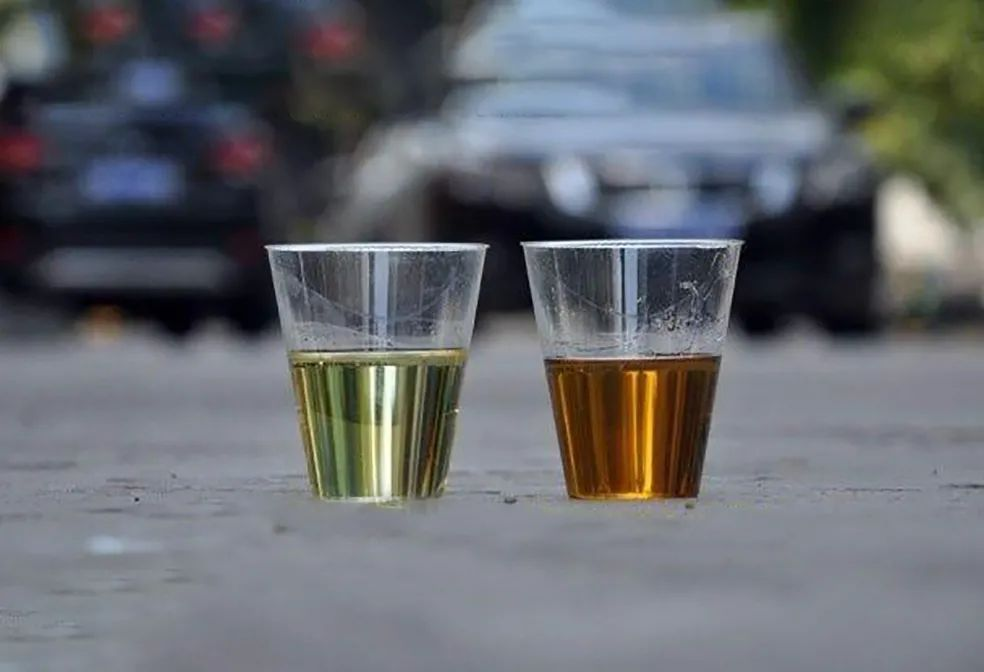
01
API-I oils Type I oils are solvent refined mineral oils with a temperature range of 0 to 65 degrees Celsius, and are the cheapest base oils on the market.
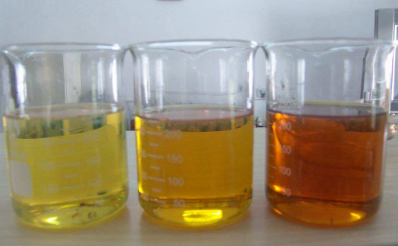
02
API-II oils are hydrotreated (hydrocracked) base oils. After hydrotreatment, the hydrocarbon molecules are saturated, so the antioxidant property is enhanced, and the color is clearer than that of Class I oils, and the price is more expensive.

03
API-III oils are hydroisomerized to produce a purer oil than Type II oils. Although they are derived from crude oil, Type III oils are sometimes classified as synthetic oils because their properties are close to those of synthetic oils.
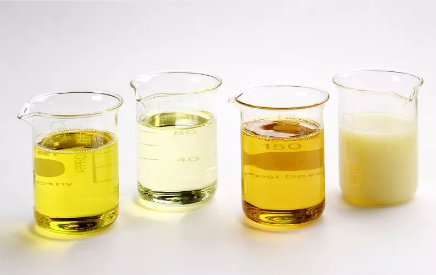
04
API-IV oils API Category IV oils are polyalphaolefins (PAO), which can adapt to a wider range of high and low temperature use, and therefore can meet the cold and high temperature application environment.

05
API-V oils commonly found in this category include PAG (polyalkyleneglycol polyether), phosphate ester (phosphateester), silicone, and ester oils. Sometimes these oils are blended with other types of base oils to improve some aspect of the lubricant's performance. For example, esters have a better cleaning ability than PAO, so a little bit of ester is added to the blend to use it for a longer period of time, whereas PAG is the most widely used synthetic oil, and GTL natural gas synthetic oils have also been added to the family of synthetic oils to provide a new option.

Most lubricants and greases today use mineral oils as their base oils. Mineral oils are oils derived from petroleum fractions, formed by nature over millions of years, and are relatively inexpensive because of the abundance of raw materials. Synthetic oils, however, are “chemists' masterpieces” and are relatively superior, but have the disadvantage of being relatively expensive.







